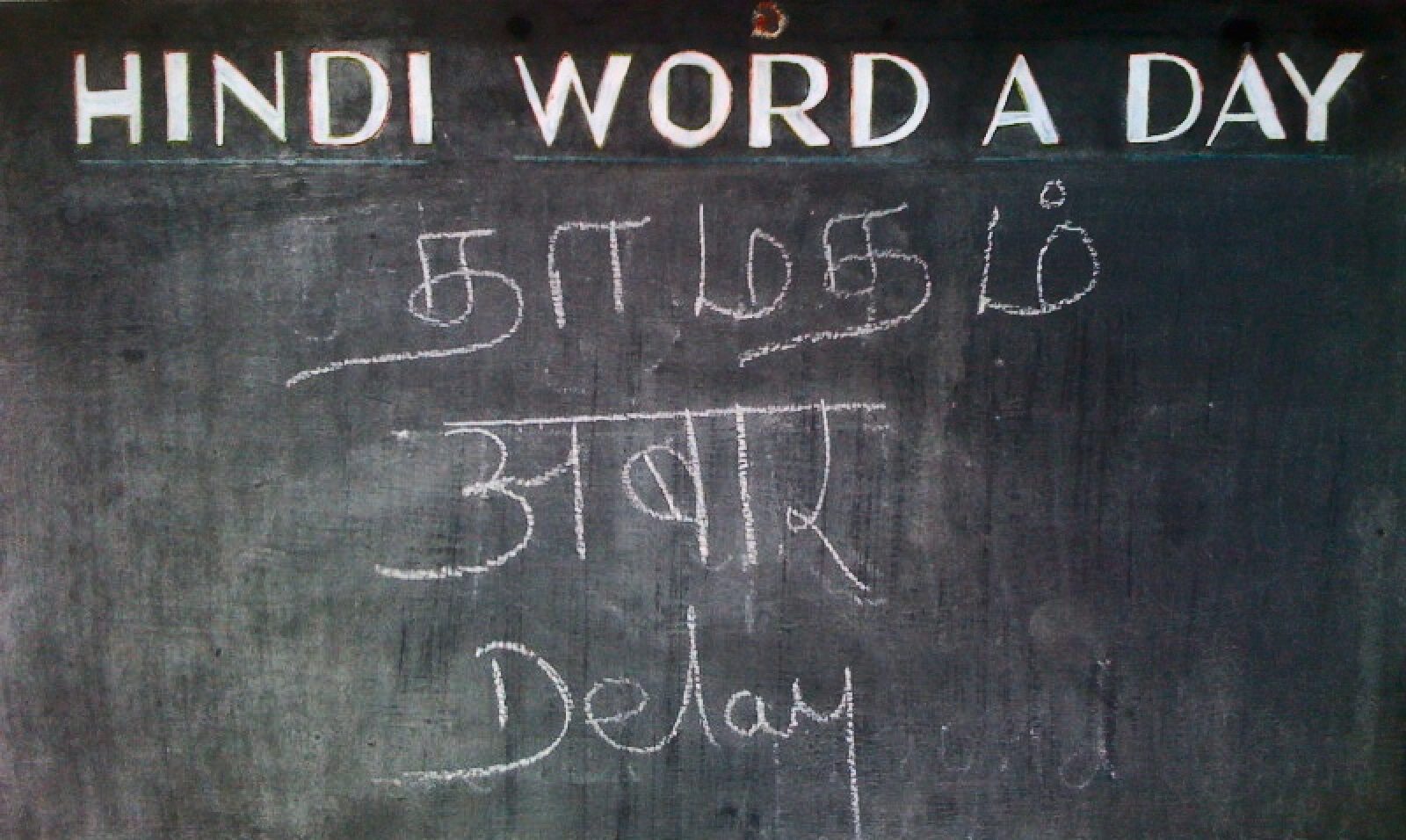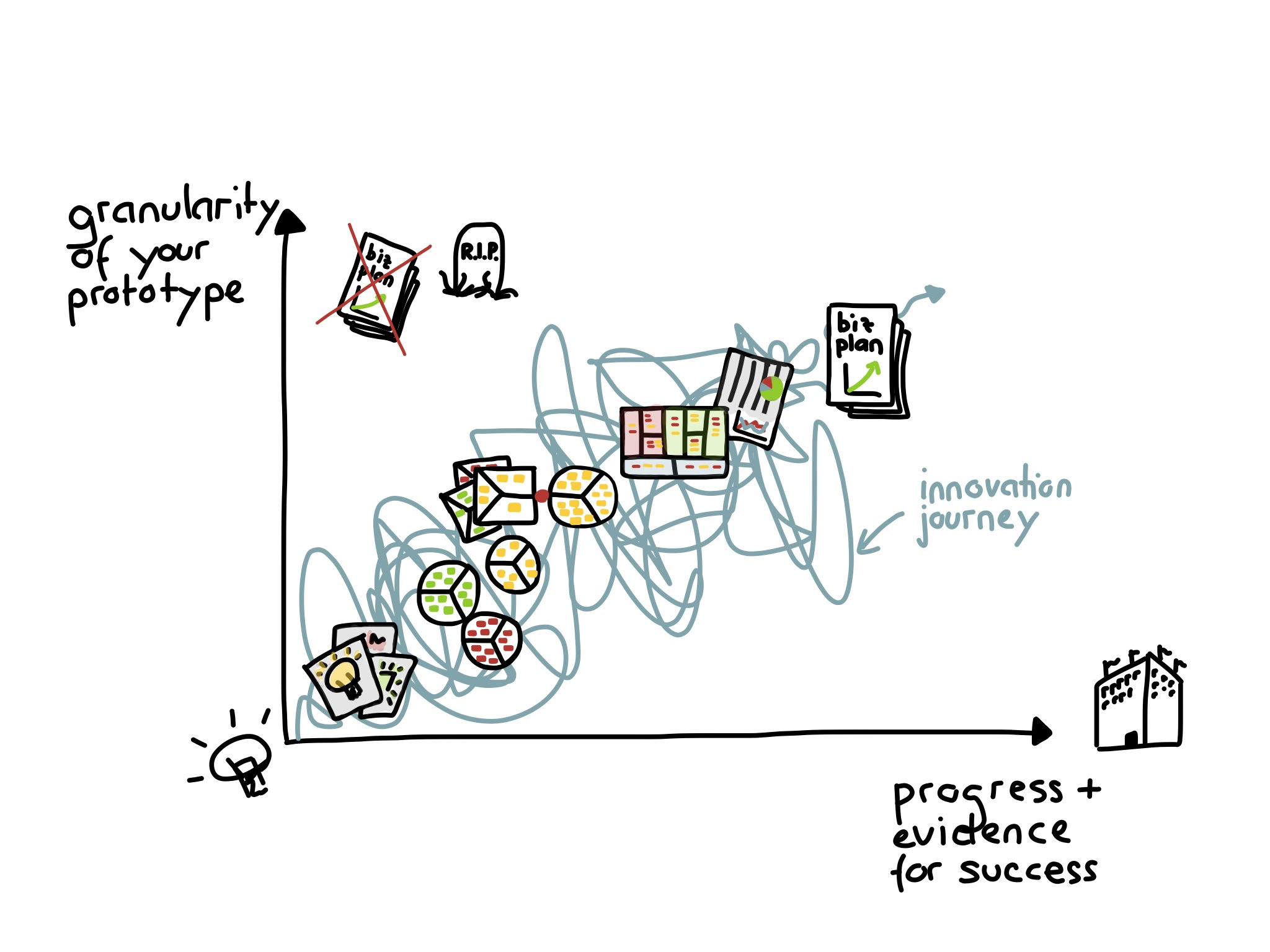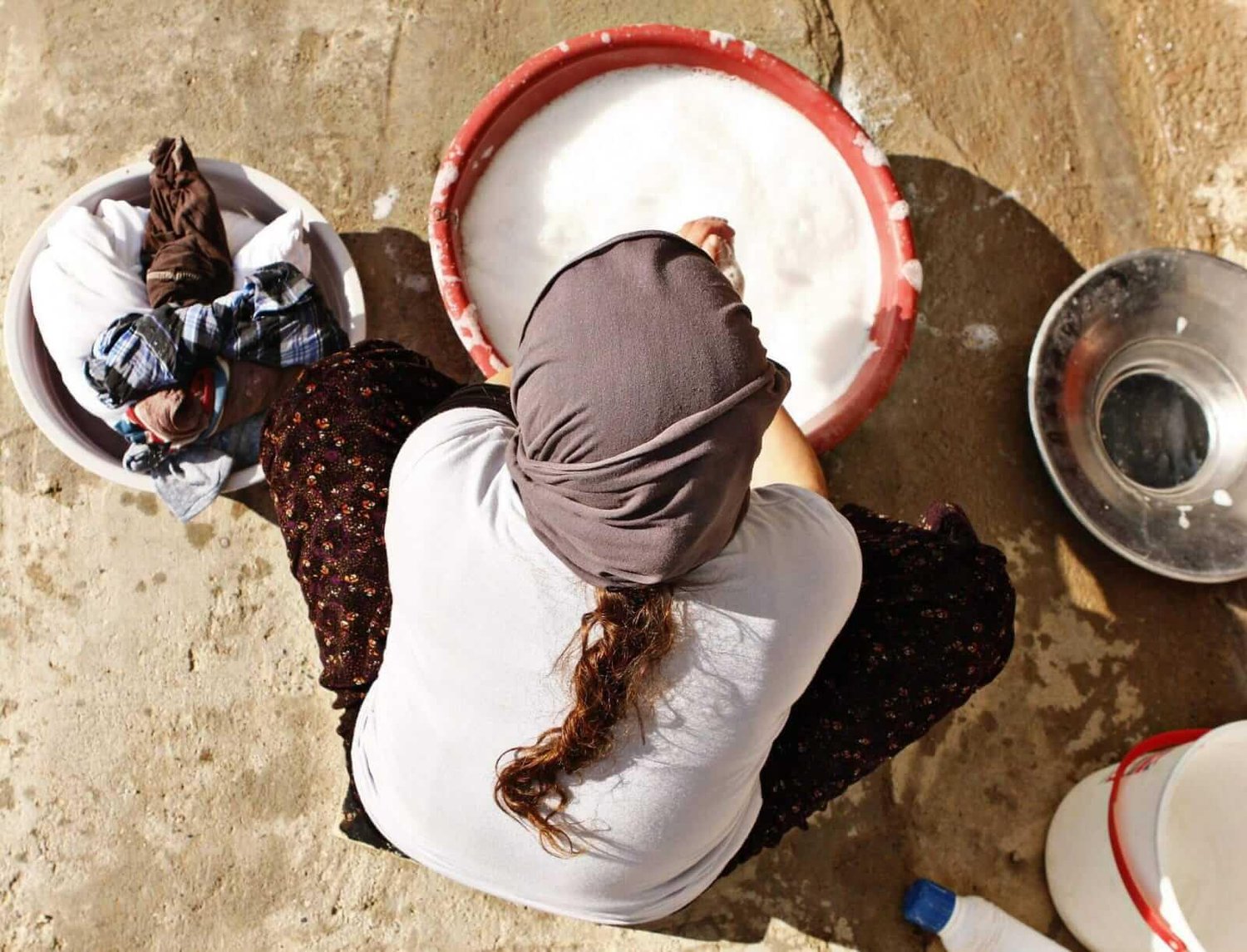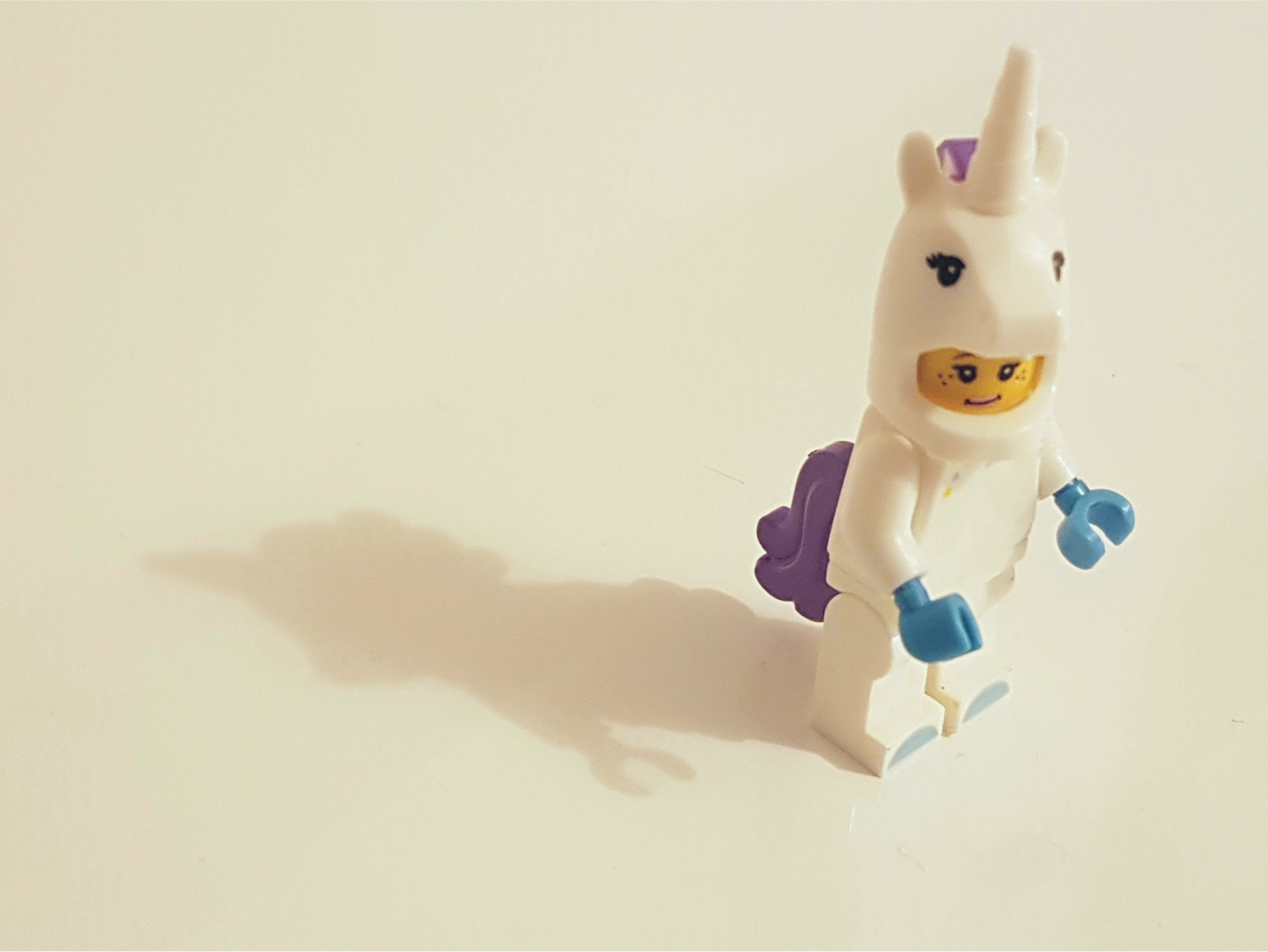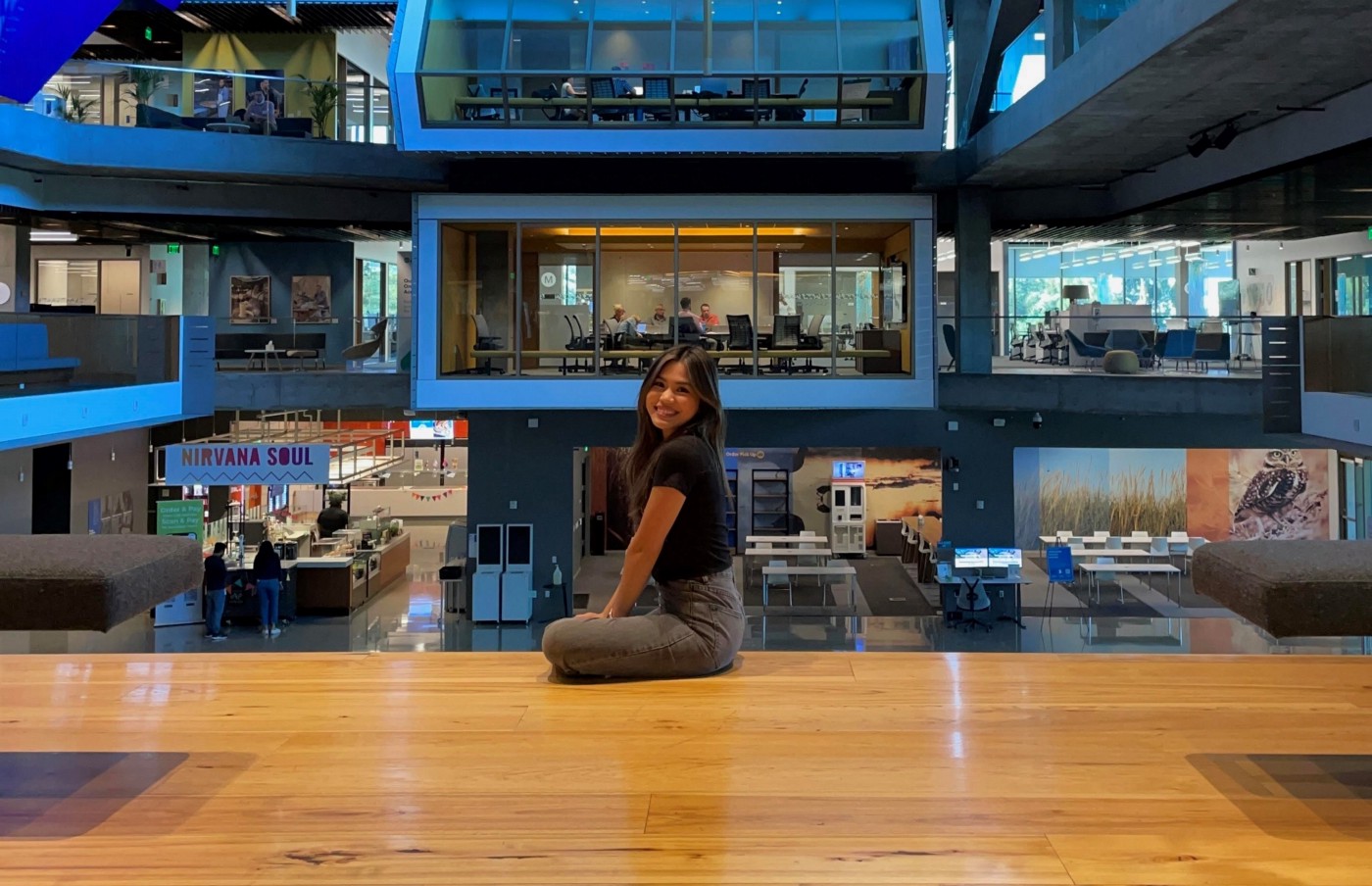In 2011, I traveled to India from my home in small-town Texas. I traveled to India not as a tourist or a hippie or a soul-searching eat-pray-love devotee but as a student of the Hindi language.
A question I heard often during my time in India and back in Texas was, “Why Hindi?”
The implications of this question varied wildly depending on who was asking, but this is a rough summary:
- “Why learn a language that seems so different from English?” (I like a challenge).
- “What cultural connection do you have with this language?” (Um…none).
- “What kind of job are you hoping to get by listing ‘Hindi speaker’ on your resume?” (Hmm…that’s a good one).
- “Why bother? Most people in India speak English.” (That’s the line anyway).
Depending on how it was asked, I would sometimes bristle at this question because I didn’t always have an answer ready that would satisfy my interlocutor.
I chose to study South Asian Studies and Hindi in college. I made that decision not to make things easy for myself, to explore my heritage, or to score a high-paying job one day. This decision arose out of an experience that changed my life so irrevocably that it made any other choice unthinkable.
One night at the age of 13, I peeked over my dad’s shoulder as he was watching TV. All at once, I fell headfirst into the image on the screen like Alice down the rabbit hole.

In that moment, I was transfixed: the swirl of brightly colored ghagras, the infectious beat of the music, the pliancy of the actors’ expressions—their faces shifting from grimaces of heartache to beatific smiles in an instant, and the lilting strains of a song in a language I didn’t know yet. Little did I know I was watching the famous song, “Radha kaise na jale?” (“How could Radha not be jealous?”) from the Oscar-nominated film Lagaan (The Tax). From then onward, I was obsessed with learning as much as I could about Indian cultures and languages, particularly Hindi.

When I finally got the chance to go to India at the age of 20, I knew this would be the trip of a lifetime—the culmination of 7 years spent devouring Indian movies, music, and food and practicing the flourishes of Devanagari characters until my hand cramped. Even if I couldn’t “justify” learning Hindi to those who might ask “why?”, I felt an undeniable longing to learn the language and let my passion and youthful naïveté take the lead.
The power of empathy
हमदर्दी की ताक़त
Later, while working for Apple, I used my Hindi skills as a translator and localization specialist. As I discovered design through this role, I learned about the value of empathy as a design skill. To my surprise, I realized that my language studies had enhanced this inborn skill by improving my ability to understand and empathize with others’ perceptions of the world.
Studies* have shown that language learning has the added benefit of enhancing your capacity for empathy. It’s been proven that knowing at least one other language or even just being exposed to other languages makes it far easier to adopt another’s perspective. Learning another language not only gives you access to other cultures but, in doing so, exposes you to novel perspectives. This makes it easier to empathize with cultures dissimilar to your own because you’ve taken the time to understand how languages shape the way their speakers see the world.
- Do you see what I see? – The Economist
- The Exposure Advantage – Assn. of Psychological Science
- Empathy and Foreign Language Learning – Humanities Center at BYU
- Why Language Learning Makes You More Empathetic – THNK.ORG
So my answer to all those who would ask me “why Hindi?” is that a direct link to my eventual career as a content designer lay in those early seeds of language learning and empathy building. Having worked in design for a while, I’ve realized that empathy is a designer’s superpower.
As designers, we need to be in touch with our empathy for the user at all stages of the design process—to see the design through their eyes. Otherwise—sometimes without realizing it—we end up designing for ourselves or for clients or stakeholders who are nothing like our end users. Staying grounded in our empathy for users, no matter the winds that may try to blow us off course, creates designs that achieve their fundamental purpose: serving our users.
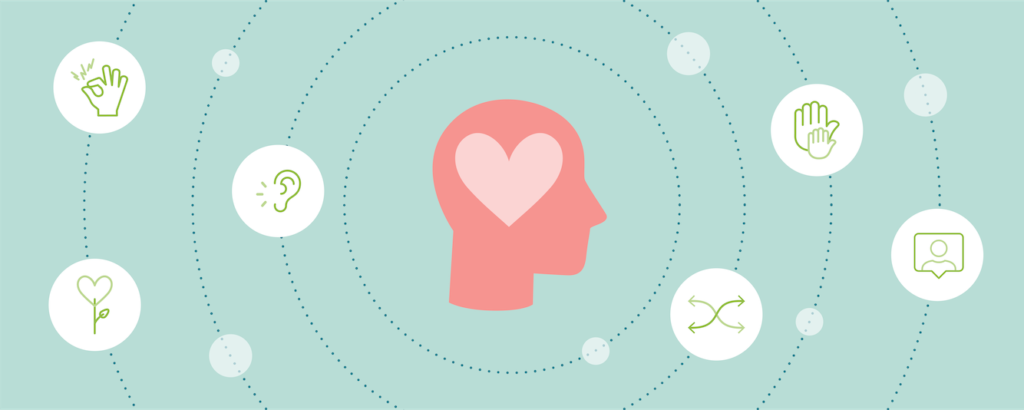
During a recent project, my ability to practice empathy as an essential element of the design process was tested. As often happens, our timeline for completing the project was abbreviated. Despite this, my design partner and I pushed back on the timeline and decided to conduct user research to validate the designs. Without empathy for our users, which motivated us to conduct the research in the first place, listen carefully to our users’ feedback, and implement it in our final designs, the design wouldn’t be optimized for them.
Beyond the design process, having empathy for the teammates we work with and people in general can transform our lives for the better. The barrage of bad news and seemingly insurmountable troubles people face daily have had a hand in creating an environment where we increasingly view people who are different from ourselves with suspicion, disdain, and even hatred. But, if we walked into every situation thinking, “I want to understand that person’s point of view even if it’s different from my own,”—we’d be more at peace with ourselves and others.
A fellow traveler
हमराह
In Hindi, the closest word to empathy is humdardi (हमदर्दी). Translated literally, it’s something like “experiencing pain together” or “feeling another’s pain.”
Another word that comes to mind, formed from the same prefix, is humraah (हमराह)—literally, those who travel the same path, a companion on the road or fellow traveler. Hindi has been my humraah for quite some time and, as I’ve learned and grown over my career, this companion has shown me that, in learning a language, I’ve gained much more than I ever imagined.
